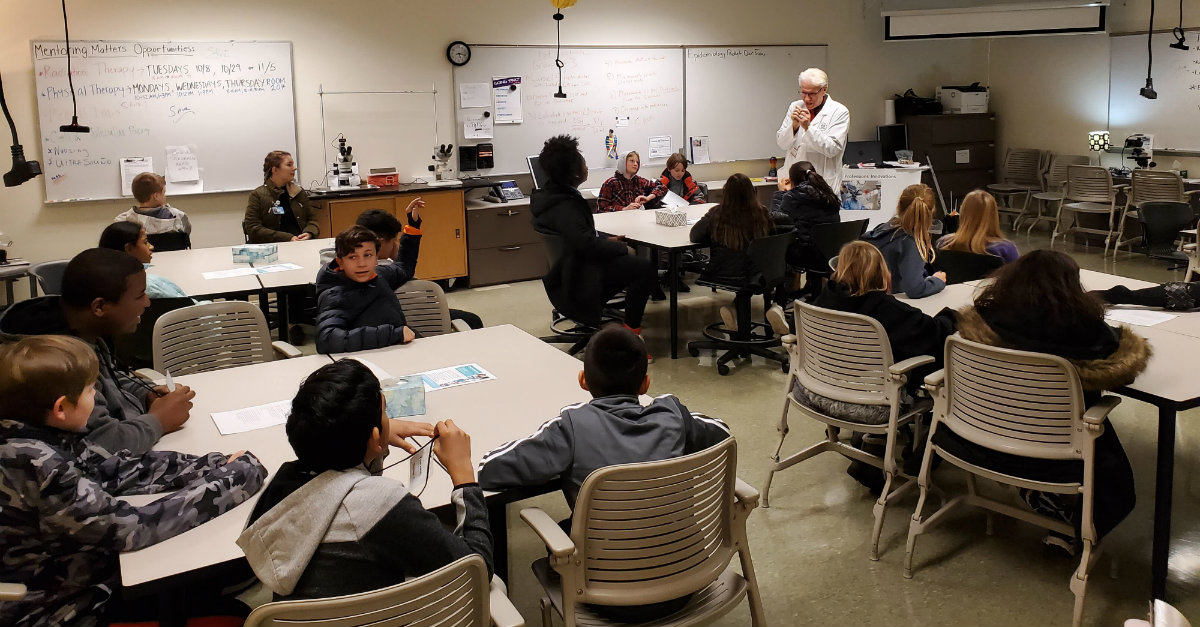The revolution will begin at Burger King, when you visit a self-serve kiosk to order your value meal. Then, it will come for the truckers and for H&R Block. And someday, teachers, the revolution will come for you. The revolution might not be televised, but it will be automated.
Technological progress has always raised concerns about job loss; the original Luddites smashed looms because they feared being displaced by mechanization. However, the economy has always created new and more efficient occupations. Our standard of living has risen steadily for hundreds of years. But this time could be different. Today, you may legitimately fear that artificial intelligence will not only supplement human labor by performing parts of a job, but replace certain occupations entirely. Previous technologies performed physical tasks and were governed by human minds, but the day is fast approaching when sophisticated algorithms will allow machines to outperform both the human mind and the human body in ways we are only starting to understand.
This has profound implications for the classroom because we need to prepare our students for that world. Beyond that, the revolution impacts our classroom because we need to shift our roles from tasks that can easily be automated, toward the aspects of our job that are uniquely human. But fear not: teaching is not, fundamentally, something that can be automated. We are revolution-proof; teaching is a quintessential job that will be supplemented, not replaced, by mechanization. If we understand the revolution more deeply, we can use technology more wisely to augment our efforts, and we can more effectively focus our energy on skills where the human touch is paramount.
Teaching, Unfettered
The last mimeograph machine is dead. For teachers of a certain age, mimeographs created the sensory experience of teaching—and now, they’re obsolete. Likewise, the day is coming when you’ll have graded your last multiple-choice problem. This is no small thing. Countless are the hours that teachers have spent in staff meetings, on the bus, and in front of the TV, marking papers. But while essay-grading software is years away from being practical, objective responses can and should be graded automatically. I’m not here to shill for a particular piece of grading software, but they abound. Take a few hours to learn the program and create your assignments, you can save weeks of your life.
This highlights an important question as we guide our classrooms toward the future: what could technology do better? This can feel threatening, because most teachers feel justifiable pride in what they do. But if we frame the topic as liberation from the more taxing aspects of our job, we become more open to the possibilities afforded by the revolution.
So, what tasks are you still doing that technology could do better?
Riding the Techno-Wave
Keep your eye on technologies that facilitate individualized instruction. Educational software like Freckle and IXL could soon individualize the instruction of content knowledge much better than teachers. With detailed analyses of student errors and access to incredible troves of data on student response to interventions, adaptive algorithms are already using specific patterns of student misunderstanding to customize instruction. Right now, a good teacher can do it better. The day is fast approaching when computers will be the superior individualizers. And as frightening as it may sound, when that day arrives, we would be wise to leave content instruction to the machines.
The Final Frontier
You’ve heard a lot about soft skills. Teachers understand how traits like creativity, critical thinking, collaboration, persuasion, and persistence are not only critical in the workplace, but essential to living rich and full lives. We work hard to instill these traits in our students—and we do it far better than machines.
Teaching soft skills requires modeling; modeling requires relationships. Fundamentally, this modeling and these relationships cultivate students who can live as more fully flourishing human beings—and our species will always value the experience of learning that from another person. Mothers and fathers will never be automated; we will never mechanize the process of falling in love. Teaching in the 21st century is becoming less about content instruction and more about raising up a generation of caring, creative, critical thinkers. In our classrooms, let’s use the revolution for what it’s good for, and to do the right kind of good for our students.

